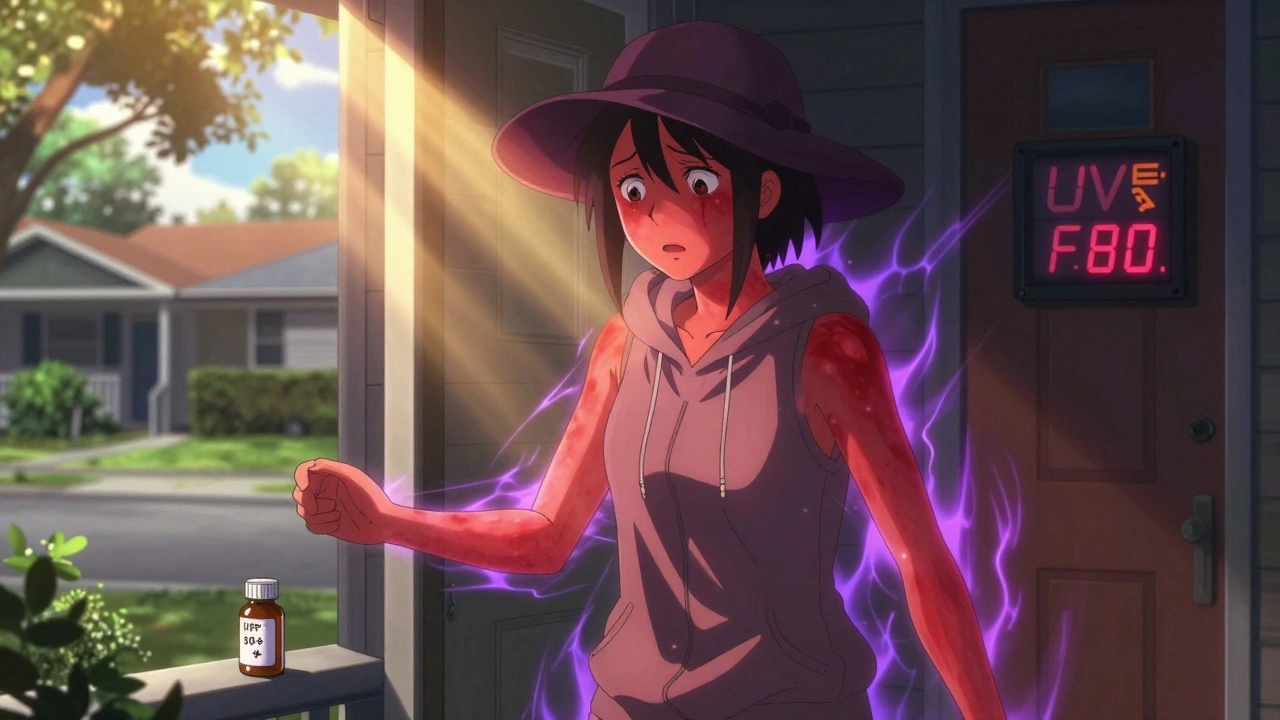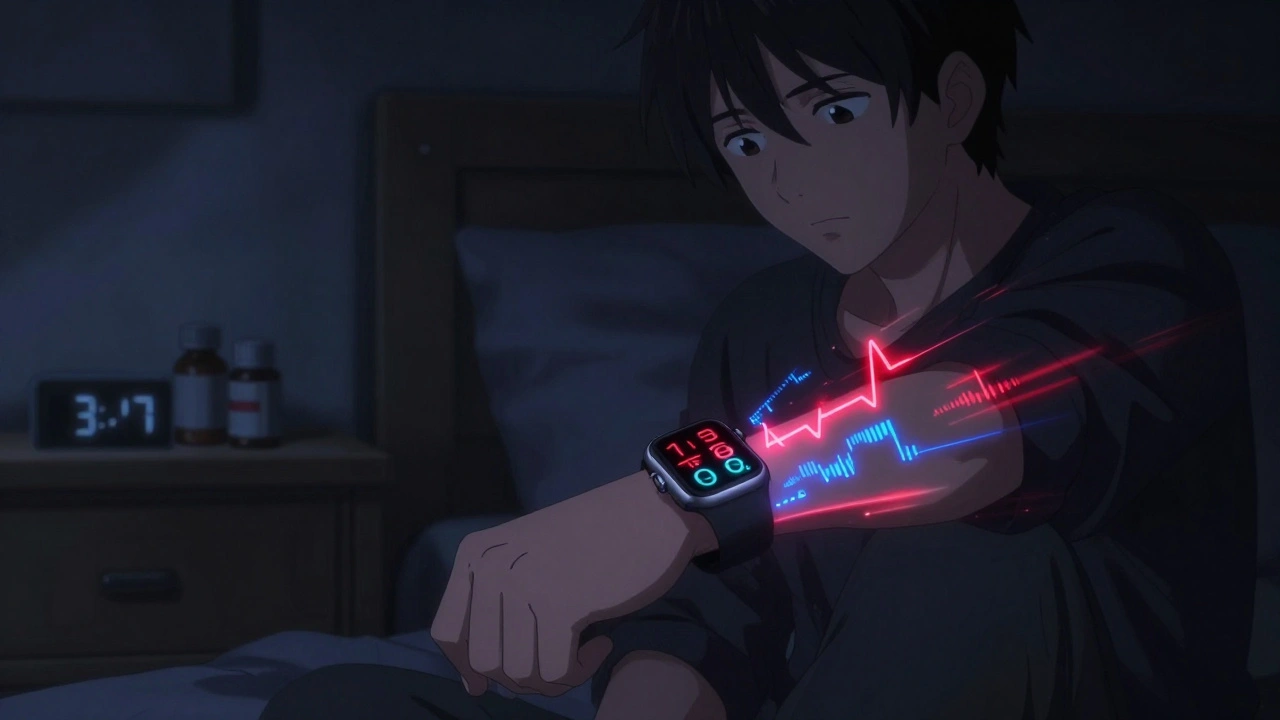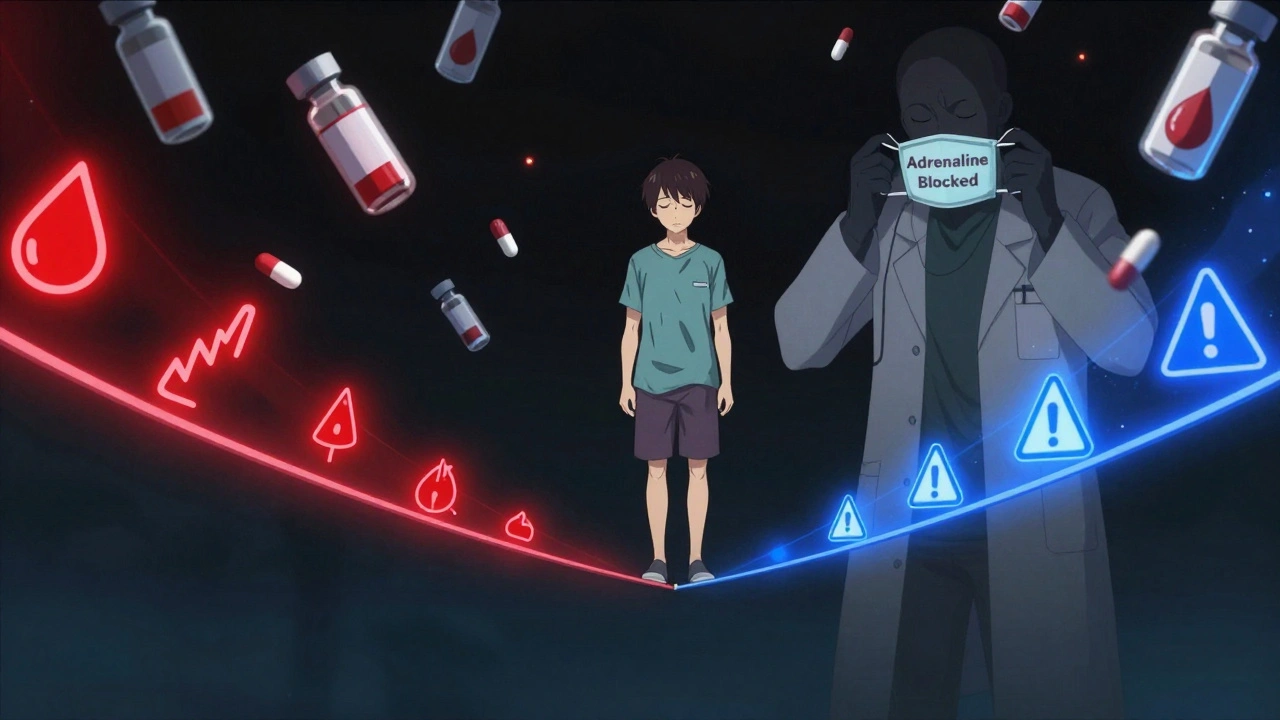Safe Storage: How to Store Medications Properly at Home
When it comes to safe storage, the practice of keeping medications in secure, stable, and accessible locations to prevent misuse, degradation, or accidental ingestion. Also known as medication security, it’s not just about locking up pills—it’s about protecting your family, your health, and your treatment plan. Think about it: how many people keep their blood pressure pills next to the cereal box or their painkillers in the bathroom cabinet? That’s not safe storage. That’s an accident waiting to happen.
Childproof storage, a specific type of safe storage designed to prevent children from accessing dangerous substances, is non-negotiable. The CDC reports that over 50,000 children under six end up in the ER every year from accidental medicine ingestion. Most of those cases happen because meds were left within reach—on a nightstand, in a purse, or in a drawer without a lock. The same goes for pets. Dogs and cats don’t know the difference between a vitamin and a prescription. A single pill can be fatal. Use locked cabinets, high shelves, or even small lockboxes designed for pills. If you’re using a pill organizer, keep the whole thing locked away when not in use.
Drug safety, the broader system of practices that ensure medications remain effective and don’t cause harm also includes temperature and moisture control. Heat, humidity, and light break down active ingredients. Storing insulin in the glove compartment? Bad idea. Leaving antibiotics in the bathroom? That’s how you end up with a useless, expired dose. The best place for most meds is a cool, dry spot—like a bedroom drawer away from windows or heat sources. Never store them in the kitchen or bathroom. And always check expiration dates. A pill that’s five years old might look fine, but it could be doing more harm than good.
Safe storage isn’t just for kids and pets. It’s also about preventing theft and misuse. Opioids, ADHD meds, and anxiety drugs are often targeted by people looking for quick relief or a high. If someone in your home is recovering from addiction, keeping meds locked up isn’t just smart—it’s lifesaving. Even if you think your teen is responsible, they might be curious. Or a visitor might sneak a pill. Locking your meds is the easiest way to cut off that risk before it starts.
And don’t forget about disposal. Safe storage doesn’t end when the bottle’s empty. Flushing pills down the toilet or tossing them in the trash can contaminate water and harm wildlife. Many pharmacies offer take-back programs. If yours doesn’t, mix old pills with coffee grounds or cat litter, seal them in a bag, and throw them in the trash. It’s not glamorous, but it’s responsible.
What you’ll find below are real, practical guides from people who’ve been there—parents who learned the hard way, caregivers managing multiple meds, patients dealing with sensitive prescriptions. You’ll see how to set up a home pharmacy that’s secure, simple, and smart. No fluff. Just what works.
How to Separate Household Chemicals from Medication Storage for Safety
Learn how to safely separate household chemicals from medication storage to prevent poisoning, protect medicine effectiveness, and keep your family safe. Simple steps for every home.






